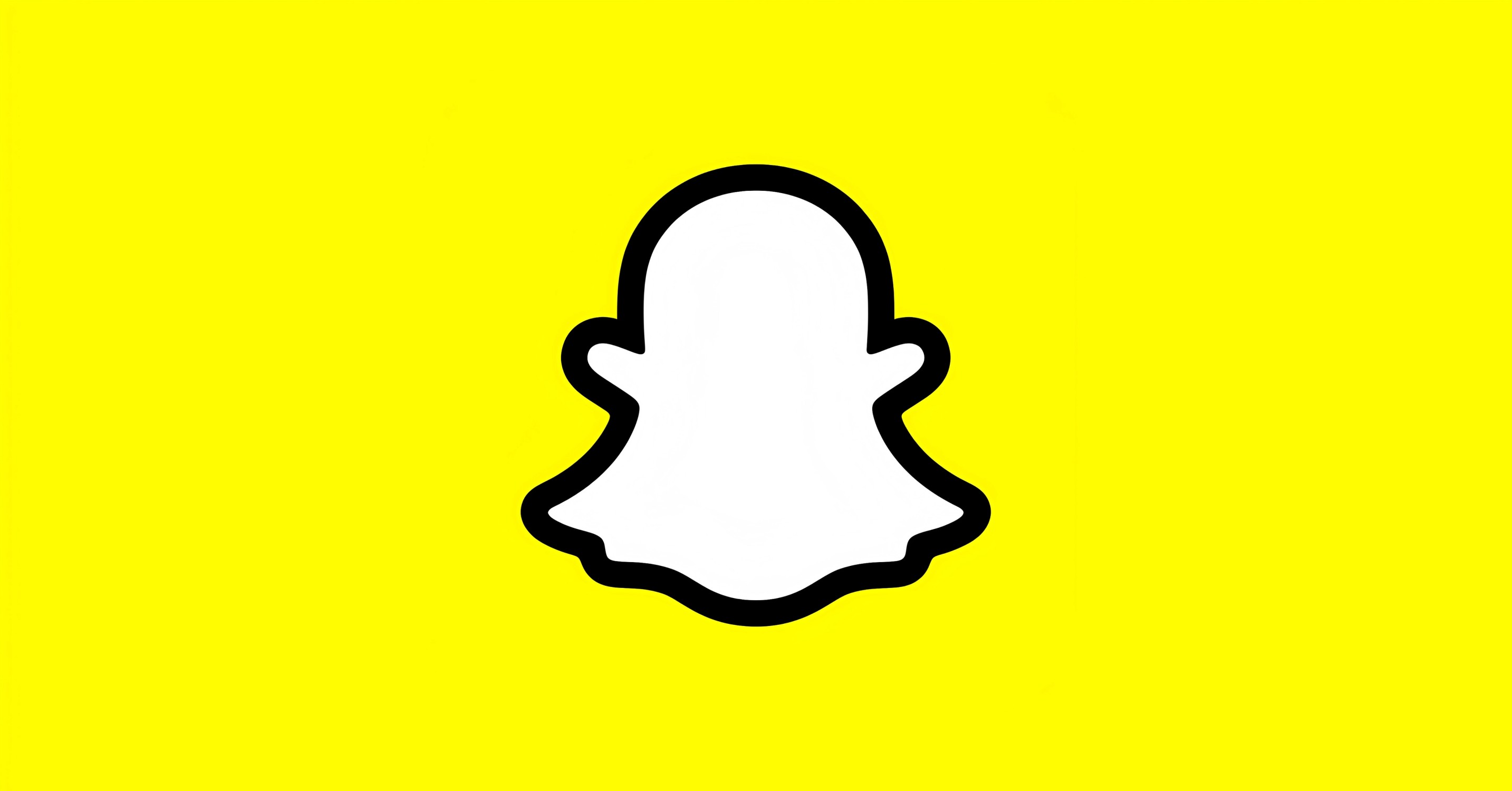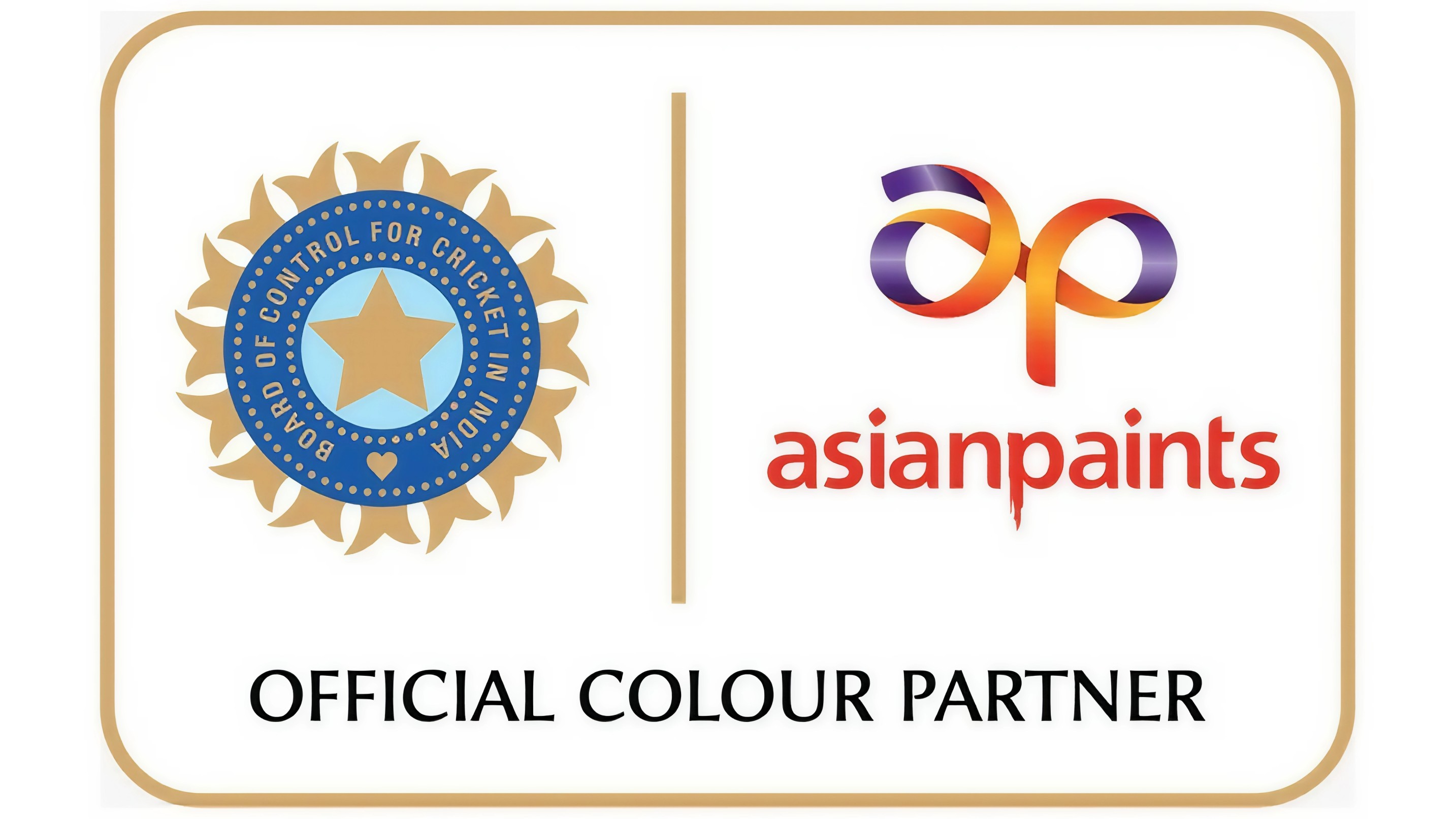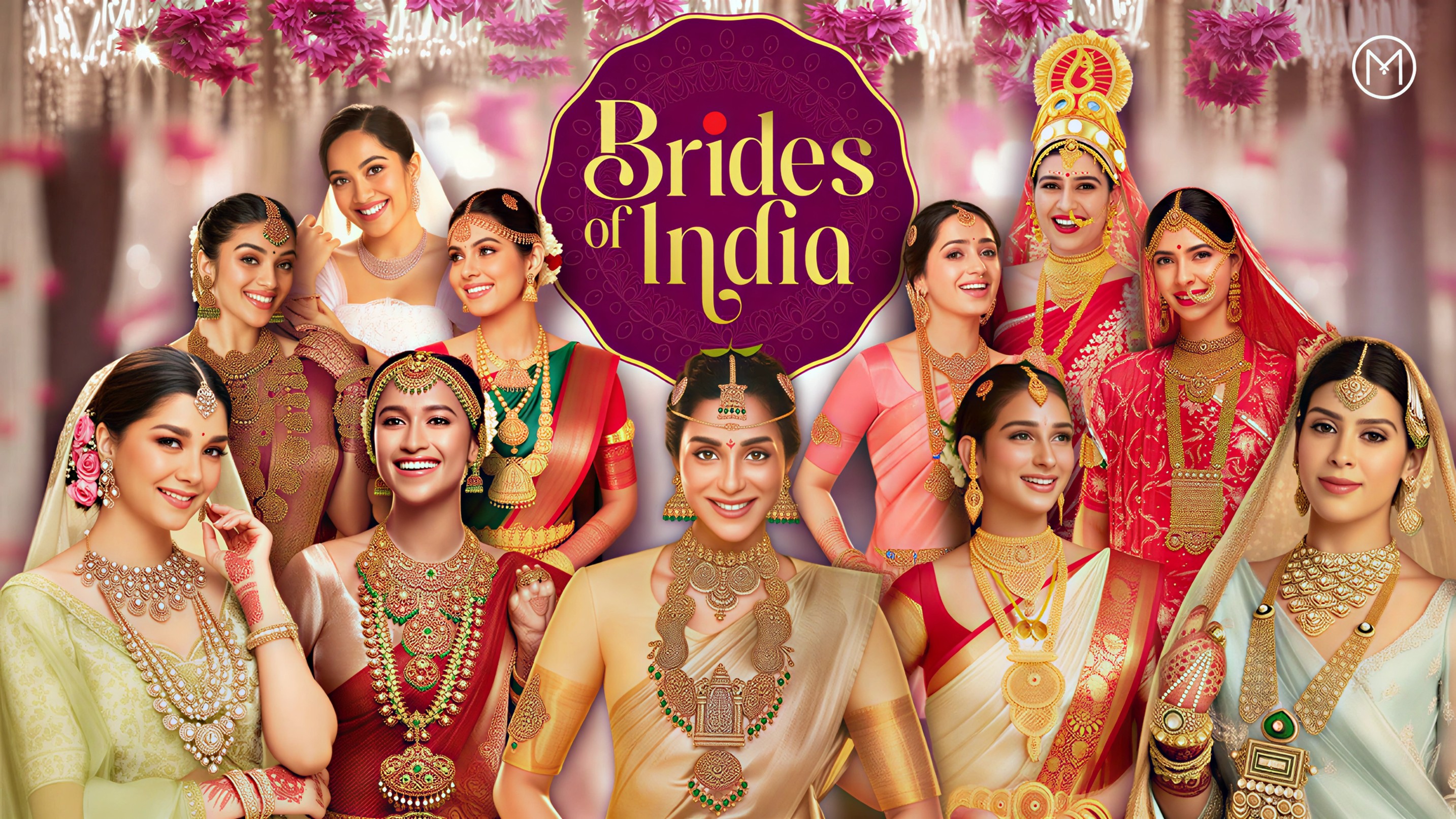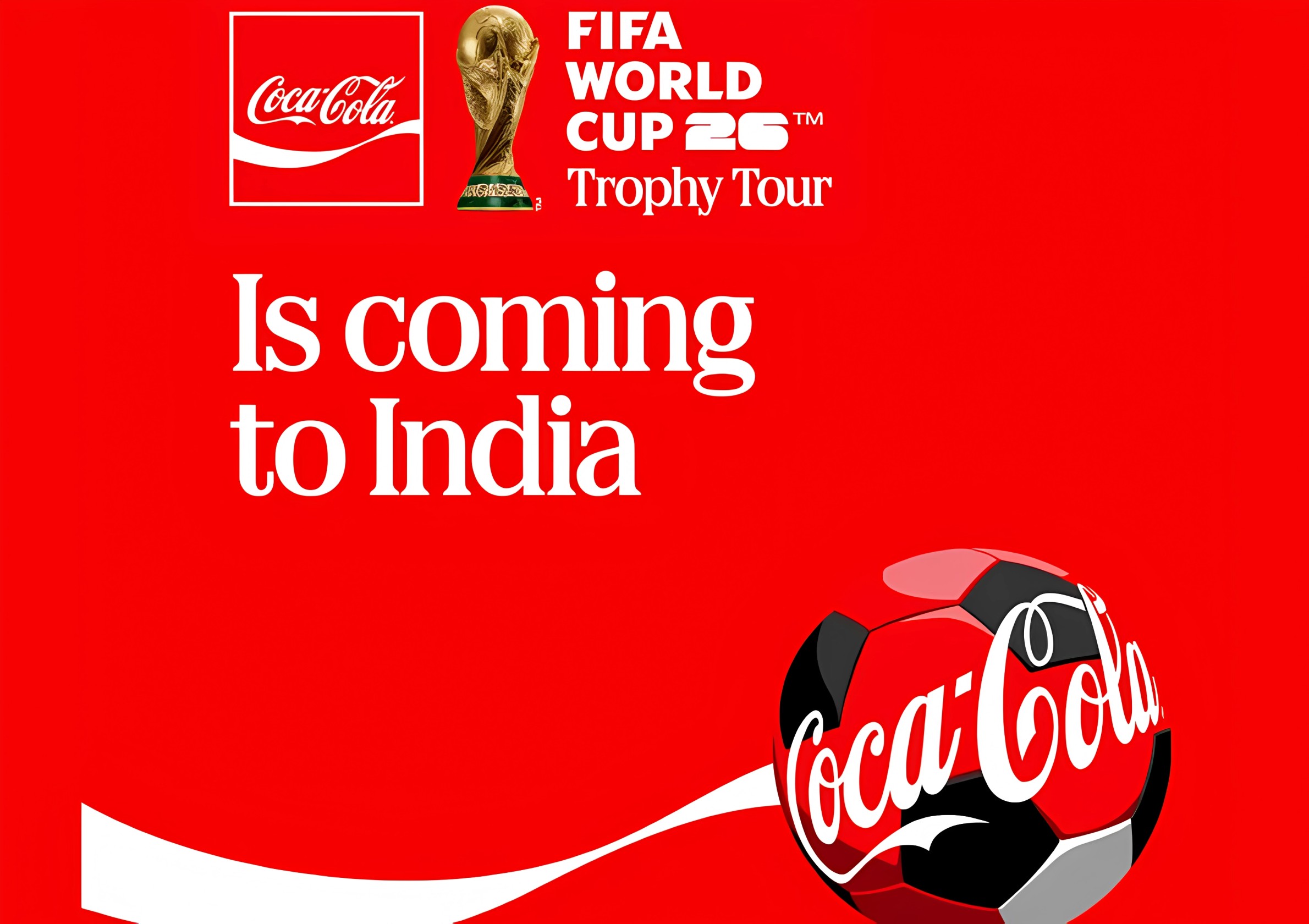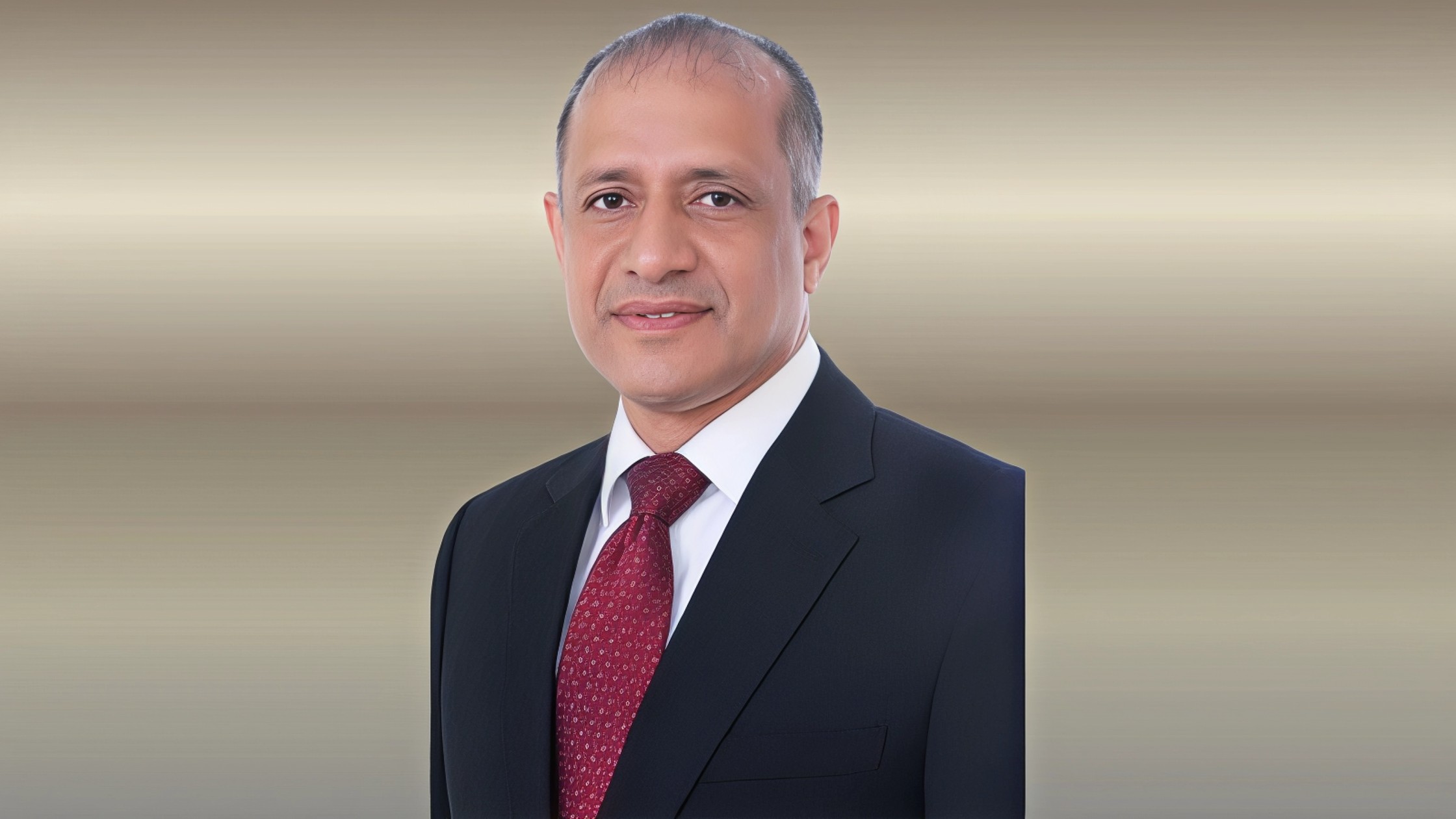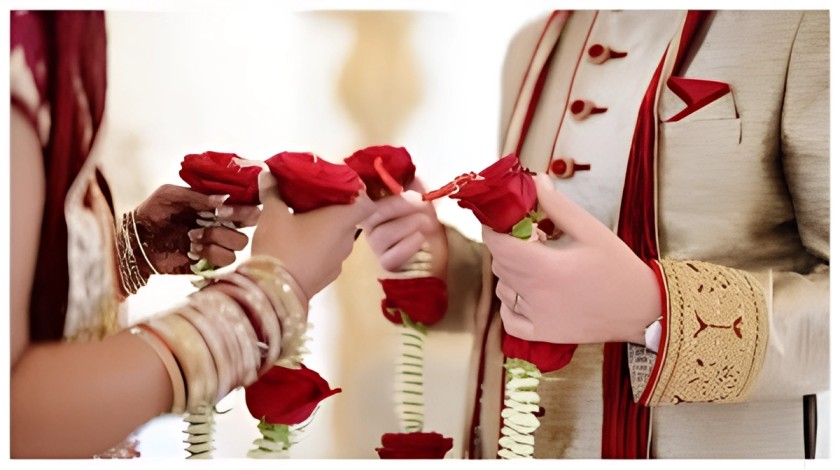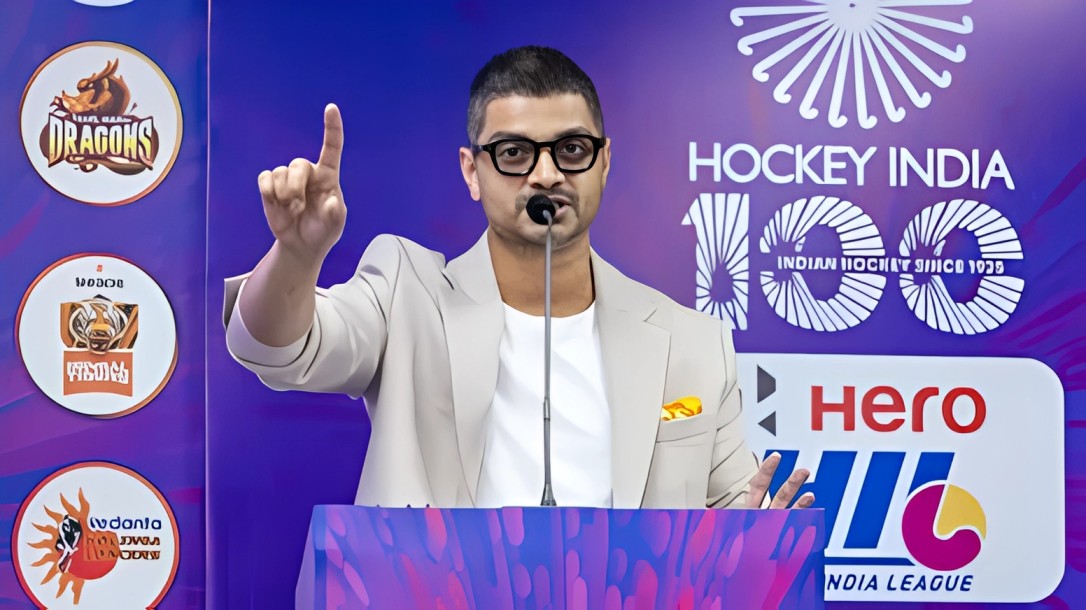With the wedding season underway, jewellery brands are sharply increasing their marketing spends to ride the momentum of the big fat Indian wedding. Across traditional and digital channels, the category is seeing intense competition as brands try to reach both premium and value focused shoppers preparing for 1 of the most significant purchase windows of the year. Jewellery brands wedding season marketing strategies are being recalibrated to match this demand.
Industry executives estimate that marketing budgets have risen between 20 and 40 percent compared with the previous quarter. Trade body CAIT has projected a record spend of Rs 6.5 lakh crore from an estimated 46 lakh weddings scheduled between November and mid December, with Delhi alone expected to account for Rs 1.8 lakh crore from 4.8 lakh weddings. In 2024, the body had projected around 48 lakh weddings in the same period.
Sujala Martis, director consumer marketing India at Platinum Guild International, notes that India’s emotional and aspirational wedding culture keeps jewellery demand largely inelastic. This year’s sharp rise in gold prices has further strengthened platinum’s positioning as a smart aspirational alternative. She points out that the three sub brands under platinum, led by Platinum Love Bands, speak to modern couples and younger consumers who value rarity, emotional meaning, and contemporary design across commitment bands and jewellery for men and women.
ADVERTISEMENT
Martis observes that wedding communication has become heavily cluttered. For her, the only way to stand out is by building distinction not just through storytelling but through the role the brand plays in a consumer’s life. She argues that for platinum, this distinction comes naturally because the metal is used to tell stories of modern relationships, personal milestones, and contemporary self expression rather than simply echo traditional wedding tropes.
Shweta Harit, global senior vice president of De Beers Group and chief executive of Forevermark, calls the wedding season a key moment for jewellery purchases, whether for special occasions, self purchase, or gifting. She notes that Forevermark Diamond Jewellery from De Beers Group has been introduced to serve the modern Indian woman with collections that span daily wear, statement pieces, and trousseau focused designs. The range includes high jewellery inspired by global design as well as India centric interpretations of forms such as the mangalsutra, nose pin, and bangles.
Senco Gold and Diamonds is using hyperlocal storytelling to build its brand nationally. Director and head of marketing and designs Joita Sen says national campaigns show a unified India, while regional marketing focuses on local bridal rituals, dialects, and styles. The wedding season is the company’s biggest focus period and marketing investments rise each year to support this demand, covering designs from heritage inspired pieces to modern minimal styles in gold and diamonds with multiple karat options.
ADVERTISEMENT
Vinita Pachisia, executive vice president investments at Amplifi, Dentsu India, notes that jewellery remains 1 of the largest advertising categories, with fourth quarter campaigns often consuming a major share of annual budgets and driving growth across digital and regional media. Senthil Kumar Hariram, founder and managing director of FTA Global, adds that brands now define success using hybrid metrics. Digital engagement, video views, and time spent indicate interest, while leads, store footfall, and conversions track short term impact.
Lab grown diamond brands are also leaning into the season. Lucira allocates nearly 30 percent of its annual budget to weddings, with co founder Rupesh Jain highlighting the appeal of larger carat sizes at accessible prices. Jewelbox co founder Vidita Kochar says the brand concentrates spend in the high intent October to February window, focusing on digital visibility and in store impact while telling stories around individuality, conscious luxury, and sustainable diamonds.
Media mixes are shifting toward integrated plans with a strong tilt to digital and video. Hariram notes that 35 to 40 percent of budgets now go to formats such as OTT, YouTube, and targeted social and search campaigns, with 15 to 20 percent dedicated to influencer marketing. Television and print continue to take 20 to 25 percent for reach in tier 2 and 3 markets, and 15 to 20 percent is directed toward out of home and in store activation.
ADVERTISEMENT
Martis adds that platinum’s media allocation mirrors its younger audience, with connected television, OTT, and key affinity platforms across sports, news, lifestyle, music, and entertainment serving as anchors. Lucira splits spends across digital, influencers, retail visibility, and print, while Forevermark leans on creator collaborations and an expanded footprint beyond metros.
As brands sharpen messaging and pursue high intent audiences, the wedding season is becoming a proving ground for both legacy jewellers and newer players. With digital discovery rising and trust acting as a critical differentiator, the coming months will test how effectively storytelling and visibility can be converted into sustained demand.
Follow Marketing Moves on Instagram and Facebook for industry insights, strategy breakdowns, and brand transformation stories.



